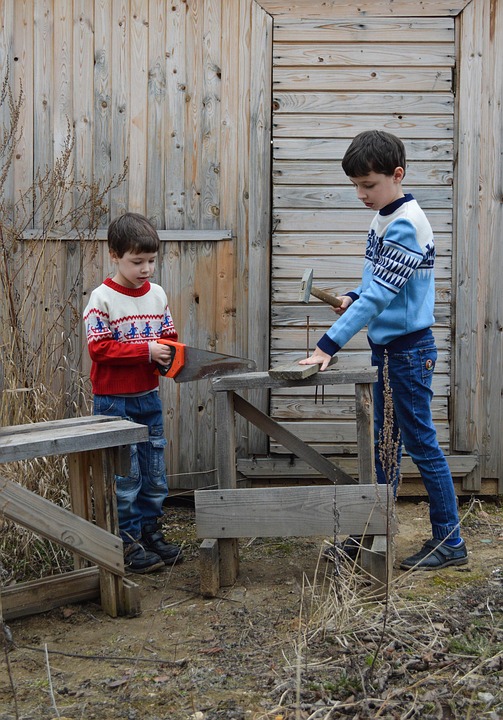Essential Curatorial Assistant Resume Template: Boost Your Career in the Arts
Embarking on a career in the arts can be as exhilarating as it is daunting. For those eager to delve into the world of curation, crafting an exceptional resume is essential. A well-structured CV can be the difference between securing that coveted interview and being overlooked. Here’s a comprehensive guide on what to include in your curatorial assistant resume to truly stand out.
1. Crafting the Perfect Profile
Your resume should begin with a succinct profile. This is your opportunity to showcase your passion for the arts and your aspirations. A compelling summary should encapsulate your experience, skills, and what you bring to the table. Consider phrases like “enthusiastic art historian with a keen eye for detail” or “dedicated professional experienced in exhibition planning and public engagement.”
2. Highlighting Relevant Experience
When it comes to experience, specificity is key. Instead of a mere list of previous roles, delve into your responsibilities and achievements.
- Internships: Did you assist in curating a successful exhibition? Detail your contributions, such as researching artists or organising logistics.
- Volunteering: Any time spent helping at galleries or museums should be highlighted. Describe how this experience honed your organisational skills or deepened your understanding of curatorial practices.
- Freelance Projects: If you’ve undertaken any freelance curatorial work, include it. This demonstrates initiative and versatility.
3. Showcasing Your Skills
A skills section is vital, yet it should be tailored to the curatorial field.
- Research Proficiency: Emphasise your ability to conduct thorough research on artists, periods, and movements. Highlight any specific methodologies you’ve employed.
- Technical Skills: Are you adept at using digital cataloguing systems or exhibition software? Mention these proficiencies to show you’re tech-savvy.
- Communication: Strong verbal and written communication skills are paramount. Illustrate this by mentioning your experience in writing exhibition texts or engaging with the public via tours or talks.
4. Education and Professional Development
Your educational background is another crucial element. Perhaps you hold a degree in Art History, Curatorial Studies, or a related field. If you’ve participated in workshops or courses relevant to curatorial practices, list them as well.
Consider mentioning:
- Degrees: Specify the institution and your area of study.
- Certifications: Any additional certifications, such as in museum studies, can set you apart.
5. Personal Projects and Interests
A well-rounded candidate often has personal projects that reflect their commitment to the arts. Whether it’s running a blog, curating a pop-up exhibition, or participating in local art initiatives, let your personality shine through. This not only adds depth to your resume but also showcases your enthusiasm and dedication to the field.
Making Your Resume Shine
In the competitive realm of the arts, a unique resume can open doors. By combining a tailored profile, detailed experience, a robust skills section, educational background, and personal projects, you can create a document that truly reflects your passion and potential.
As you embark on this journey, remember that CVPortal is here to provide you with an array of high-quality resume references to guide you in crafting the perfect CV tailored to your dreams in the arts.


